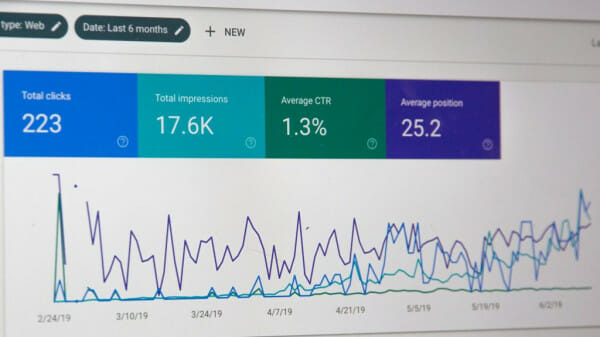Written by: Jacob Emmy
Local is one of the fastest growing areas of SEO today. With more people using mobile search to find businesses near them and the ever expanding scope of local businesses using the web, it has become fertile ground for new campaigns.
We now live in the age of Pigeon. Well, that may be a bit of an overstatement. But if you are practicing SEO for anyone who has a brick-and-mortar location, then the Pigeon update from July, 24th 2014 should weigh heavy on your mind. With this update, local signifiers on and off sites are now being weighed more heavily than ever before, and there are a few tips we can keep in mind.
Shifting Expectations
One thing to keep in mind when beginning a local SEO campaign is that these people want conversions. They probably already own a store, and they probably already have a decent clientele, so when they come to you asking to help them with their website, they already have in mind some sort of tangible return on their investment.
The reality is that we need to look at their site as a digital storefront. As lovely as it is to say that you can get them to rank in the search results and that you will be able to generate X% more traffic for their site, that will not mean anything to the average mom and pop shop. This mindset works when we’re talking about an SEO campaign that is designed for a nationally facing company. However, with a brick-and-mortar business, you need to approach it differently.
You need to have some sort of demonstrable ROI at the end of the day. Because of this, it is important to track where any new traffic is coming from. Whether that means tracking the number of mobile visitors to the site compared to the number of phone calls received or the increase in sales in conjunction with an increase in site traffic. It is important to know and use these figures to optimize your own efforts so you can demonstrate the effect your work is having on your client’s business.
Local On-Site Optimization
Now, more than ever, the importance of making sure that is a business is tagged with the correct city and correlating state is paramount. Google will be looking to these signifiers when creating a local SERP. This means that not only should user pages have this information listed, but also title tags, h1 and h2 tags. And while one must be careful not to over optimize, it is vital to make sure that those signals are passed to Google.
Other on-site factors that can contribute to your success is how you structure your information. One thing that you can do is mark up rich snippets that contain reviews. This will allow for people who are searching your site to see a review in the SERP. This has been shown to be a proven technique for driving traffic towards your site, as opposed to local listings that do not provide such information.
Also, a meta description that is optimized to answer the questions found in queries (e.g. query: “Where is the best BBQ in Austin? meta: “…some of the best BBQ in Austin…”) will help Google to rank you for location and product, and make sure potential customers find your site before the competition’s.
Photos are always a great way to advertise your product or service, and it is important to have some on your site that can be scraped by Google to be shown in local results. It will certainly make the listing look less suspect than an having an ambiguous map pin to displayed next to your name. Photos also present another opportunity to optimize your site in the form of a city/state tag with your name in the description.
Off-Site Engagement
Another factor that can contribute to your ability to show in local searches is the consistency of your NAP (name address phone number) listings. There are plenty of local directories out there where you can submit this information. However, if you have a conflicting information out there then Google can sometimes overlook these listings as false reports. By ensuring that all posts contain the same information, you can take an easy step towards increasing your search visibility in Google.
Some directories, like Yelp, allow the opportunity for Barnacle SEO. Barnacle SEO is simply the practice of building up a strong profile on a 3rd party site that already enjoys a good web presence. By doing this throughout your vertical you can quickly increase your web visibility by attaching your name to these sites. If those sites provide reviews, even better. Those reviews can be used to optimize your site, as well as lend to its credibility.
Best case scenario, these 3rd party sites provides a link back to your site. Whereas in the past the practice of linking to directories has been discouraged, with the introduction of Pigeon these directories actually serve as strong signal carriers for local search results. However, this is not to say that we should drop everything and outreach every directory we can get our hands on. It is more important to have a trim, strong and (most importantly) relevant backlink portfolio.
And while it may not play directly into the hands of the pigeon, it is always important to keep in mind the importance social media plays in any local SEO campaign. While we are always striving to have our client highly ranked for a keyword, the ultimate goal, as previously stated, is to create opportunities for conversions. There is no better way to do this than by creating a discussion that extends beyond the confines of store fronts and web pages. Through active social engagement and well groomed profiles, people won’t simply be searching when they use Google, they will be searching for you.
About the Author: Jacob Emmy is from Oklahoma City and a proud graduate of UT (Go Longhorns!). He is currently a Junior Marketing Associate at SEO Austin, Inc. where he specializes in Local SEO and Social Media. When he is not working, he is hanging out with his best friend, an Australian Shepherd named Gordon.









